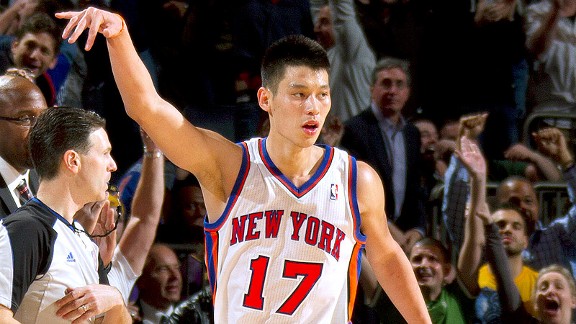Does anybody else feel like UC 256 just isn't fun yet? I'm enjoying most of the readings and assignments, but something about the class has been bothering me. What follows is not a rant, but rather a halfway-done-the-semester reflection on the class.
I feel this frustration highlights one of the most important features a game should integrate and UC 256 lacks - the buy-in effect. Most video games that I have played (and enjoyed) have allowed me to level up quickly at the beginning, then at an increasingly slower rate. This has allowed me to reap rewards at the beginning of the game and experience the gratification of leveling up quickly, which then motivates me to work harder to get to the next level, even if it requires more work. The way this class is set up requires one to reach a high point threshold before he can start gaining levels, but then makes the levels an equal gap of points apart. This is, in many ways demotivating.
Think about it like this - would you like to play a video game where the first time you level up halfway through the game, then it's easy and predictable to level up after that? Probably not.
Below, I show a graph that roughly models our current grading system (in black) and a grading system that uses the buy-in effect (in red). They both require the same number of points for the highest level, however, the current system uses a linear progression, starting at a large number of points, whereas the buy-in system uses an exponential or logarithmic progression, starting much closer to 0 points.
Note how at first, when using a buy-in system, a little bit of work is rewarded at first, but as the levels get higher, the amount of work required to get to the next level increases. This is why we don't quit games so quickly. We get addicted to winning, so when the challenge of gaining another level faces us, we gladly do the "grind."
I understand there are some problems with the buy-in system in the classroom setting. In reality, quite a bit is at stake in UC 256 - after all, employers are looking at our GPA, not our level in World of Warcraft, so the motivation to do well most likely persists among the students in the class, regardless of how the grading structure is set up. Additionally, I realize that the way grades are assigned in this class is calibrated towards how much one has to do to "not fail," rather than succeed. Since I am still failing halfway through the semester, that clearly is quite a bit of work. It may be problematic if someone can get a C in the class overnight.
I can't wait until I break the D- threshold, then maybe I'll start enjoying all this work a bit more.
I can't wait until I break the D- threshold, then maybe I'll start enjoying all this work a bit more.
What do you guys think? Should the grading structure be changed to reflect the system often used in video games, or does the fact that it's for a class just not allow for it?
- Jonathan Lipkin
- Jonathan Lipkin




















